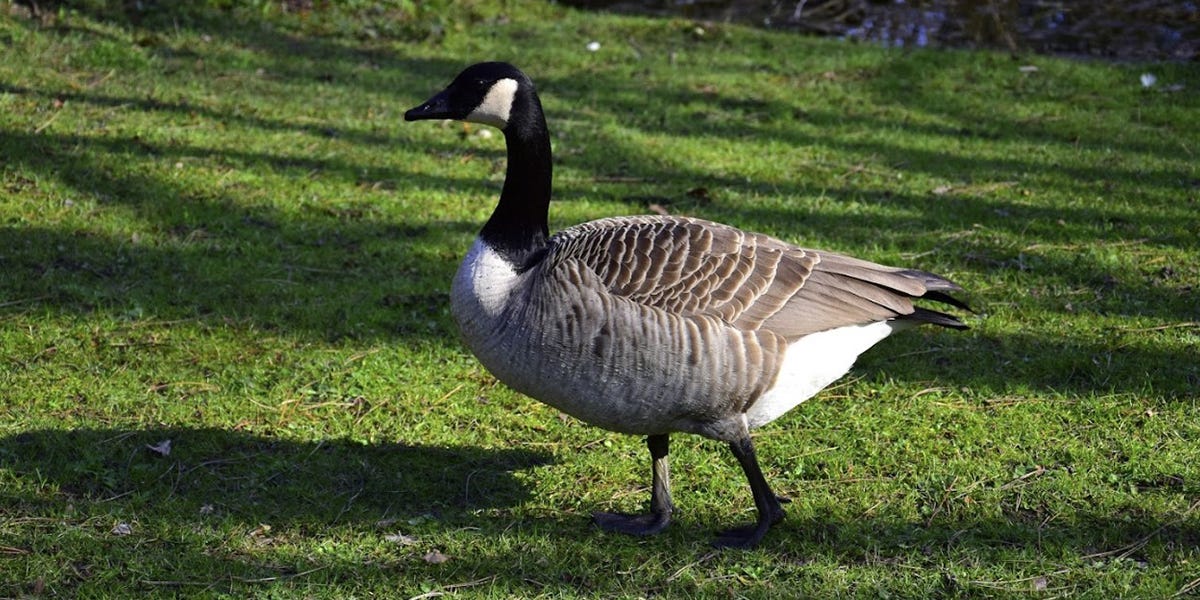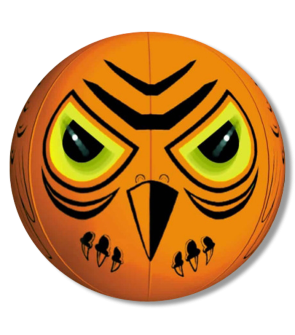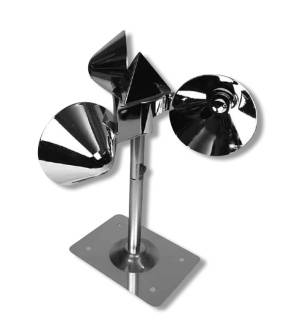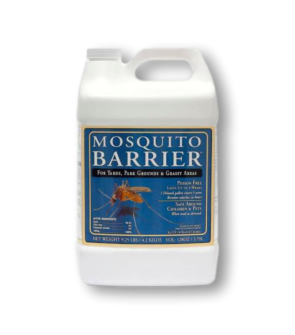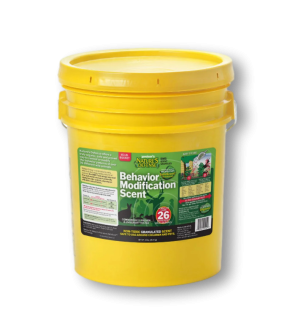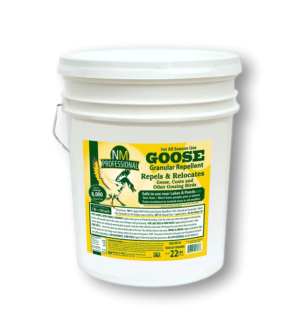Gain access to personalized product screening, the best pricing, rewards, and more!
Most Effective Products
Goose Control: How To Get Rid of Geese
This page is a general Goose control guide. Using the products and methods suggested you will get control of Geese. Follow this guide and use the recommended products and we guarantee 100% control of Geese. Consult your local and state guidelines to see if your species of Geese is a protected species in your location before applying control.
If you own a pond or you’re the manager of a commercial property such as a golf course or industrial park, you may have had encounters with geese. As harmless as they are to us humans, geese can be an irritant when it comes to them trespassing upon areas they aren’t wanted.
Geese on the property can also be a headache for landscapers who may have had to waste precious resources by replanting flowers and plants that a stray goose has either trampled upon or eaten. Those dealing with geese near their property have to also worry about goose droppings, which often carry diseases.
If Geese venture upon your bodies of water, then you’ll have to drain and clean ponds and other fountains and decorations on your property on a regular basis. To sum it up, geese on the property can create a costly and time-consuming problem for you that will only get worse without intervention.
Getting rid of geese from your property can be tricky but it isn’t impossible. In our DIY Goose control guide blow, we have put together 4 simple to execute steps that you can implement to keep those unwanted geese from hanging around your pond.
Identification

Before conducting treatment, you need to be absolutely positive that you are dealing with Geese. Because there are many sub-species of Geese we will only focus on identifying the Canada Goose which is the most common.
- The Canada Goose ranges between 24 to 48 inches in size and can weigh anywhere from 3 to 15 pounds.
- They have a long neck that is completely black as well as their heads with the exception of the cheeks which are white.
- They have a black bill and black feet.
- Their breast is white, and their plumage is usually light brown in color.
Use the image and description above to help you in properly identifying Geese on your property. If you are not totally sure, contact us and we will assist you with correct identification.
Inspection

After you are certain you are dealing with Geese, you can then move forward with an inspection to pinpoint the areas where Geese are found. During the inspection, you will search for these areas where they commonly feed and rest.
Where To Inspect
Geese live on a variety of habitats close to water sources. They can be commonly found near ponds, lakes, and in marshes. Man-made created lakes near golf courses, parks, and cities are also commonly visited by Geese.
Begin your inspection outdoors usually close to a body of water. If you're a property manager inspect all the areas near lakes and ponds. If you're a homeowner check your backyard if it is close to a body of water. Geese will often be found grazing near sources of water and don't stray far from these areas. Search in gardens, fields, and turf near bodies of water.
What To Look For
You're looking for Geese. They are usually found in the places mentioned above in close proximity to a body of water. Inspect them with binoculars and find their feeding areas, or where they are most likely to graze. Once you have identified these feeding locations, this is where you will apply treatment.
Treatment
Once you have confirmed Geese activity, you're ready to apply treatment. Remember to read all product labels and follow the application instructions on these labels, and stay safe by wearing personal protective equipment (PPE).
Since Geese are an animal that shouldn't be harmed, the best option for Goose control is repelling them from an area. This is why we recommend applying Bird X Bird Stop Repellent which is also labeled to control intruding Geese.
Step 1 - Outdoor Treatment

Bird X Bird Stop Repellent will discourage Geese from feeding and resting around ponds, turfs and fields. This product uses a natural active ingredient extracted from concord grapes that will irritate the birds if they try to feed on the turf or grass.
Determine how much Bird X Bird Stop Repellent you will need to mix by first calculating the square footage of the treatment site. To do this, measure and multiply the area length and width in feet (length x width = square footage. Typically the application rate is 1.3 to 7.7 ounces of Bird X Bird Repellent in 1 to 6 gallons of water per 1,000 square feet. Mix the product with water using a gallon pump sprayer.
Once measured and mixed in a sprayer according to your calculations, apply around the turf around ponds or lakes where Geese have been seen lingering and over the water itself (only apply to non-bearing fish bodies of water). If needed, you can re-apply the product every 5 to 8 days.
Prevention

After the Geeze have been driven off your property, you will need to still implement measures to prevent them from coming back.
- If you're a property manager, start by alerting the public that feeding is prohibited. If the community or people that visit parks, ponds, or lakes in residential and commercial areas are aware that they should not feed Geese, the Geese will look for other locations where they can easily find food.
- Exclusion measures around the bodies of water, like large stones and rocks along the shoreline, tall vegetation like grasses and weeds, will disrupt easy access by foot into the land from the water, which will many times discourage Geese from staying in a location.
- Physical fences can also be built but these tend to less aesthetically pleasing. The use of grid wires or lines across ponds have been used to some success. Also by allowing the grass to grow tall you will discourage their grazing, which they prefer to do on short grasses.
Key Takeaways
What are Geese?
- Geese are aquatic birds that like to reside in habitats near ponds or lakes and can be intrusive if the conditions are conducive for them. They are known for being territorial and aggressive.
- An abundance of Geese on a water body can be costly to clean up and maintain because they leave droppings and create a mess in the water.
How To Get Rid of Geese from a Pond?
- It is illegal to kill geese and as a result, the best option to get rid of geese is to use chemical repellents.
- Apply Bird X Bird Repellent Spray on and around your water body, making sure that it is non-fish bearing water.
Preventing Goose Reinvasion
- Prevent Geese from coming back by implementing cultural and environmental changes to their habitats like growing the grass tall, discouraging feeding and additions like fences, rocks and stones.






